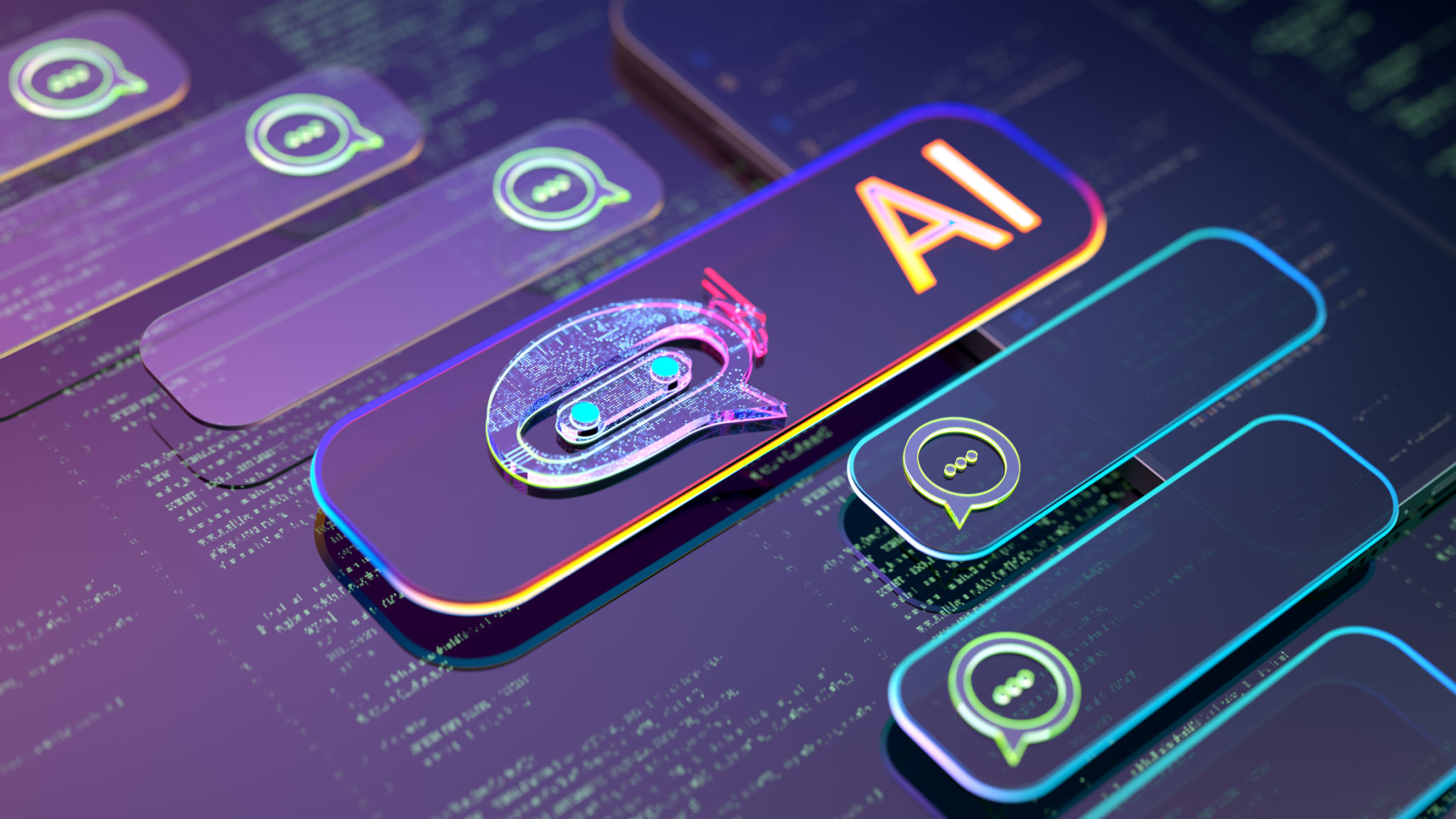A Beginner's Guide to Implementing AI Chatbot Solutions
RC
Understanding AI Chatbots
Artificial Intelligence (AI) chatbots have become increasingly popular in various industries due to their ability to enhance customer service, streamline operations, and improve user engagement. For businesses just starting out with AI chatbots, it can seem daunting. However, with the right guidance, implementing a chatbot can be a seamless process.
AI chatbots are designed to simulate human conversation and can be integrated into websites, apps, and social media platforms. These chatbots use natural language processing (NLP) to understand and respond to user queries effectively. By automating responses, businesses can provide 24/7 customer support while freeing up staff for more complex tasks.

Identifying Your Needs
Before diving into the technical aspects of chatbot implementation, it's crucial to clearly define what you want the chatbot to achieve. Are you looking to improve customer service response times, handle frequently asked questions, or generate leads? Identifying your primary goals will guide the development process and ensure that the chatbot aligns with your business objectives.
Once you have a clear understanding of your needs, consider the type of chatbot that best suits your requirements. Rule-based chatbots follow pre-set scripts and are ideal for straightforward interactions, while AI-powered chatbots offer more flexibility and understanding of complex queries.
Choosing the Right Platform
There are numerous platforms available for building AI chatbots, each offering unique features and integrations. Some popular options include Dialogflow by Google, Microsoft's Bot Framework, and IBM's Watson Assistant. When selecting a platform, consider factors such as ease of use, integration capabilities, and scalability.

It's also essential to evaluate the cost associated with each platform. While some offer free tiers or trial periods, others may require a subscription or charge based on usage. Be sure to factor in these costs when planning your budget.
Designing Conversational Flows
Designing an effective conversational flow is a critical step in chatbot implementation. This involves mapping out potential user interactions and determining how the chatbot should respond. Start by identifying common user queries and scripting responses that align with your brand's tone and style.
Leverage NLP capabilities to ensure the chatbot can understand various phrasings and synonyms for user questions. Additionally, consider incorporating fallback responses for queries that the chatbot cannot handle, directing users to human support if necessary.

Testing and Deployment
Before launching your AI chatbot, thorough testing is crucial to ensure it performs as expected. Simulate different user scenarios to evaluate the chatbot's accuracy and responsiveness. Gather feedback from beta testers to identify areas for improvement.
Once testing is complete, deploy the chatbot on your desired platform. Monitor its performance and continue to refine its conversational flows based on user interactions and feedback. Regular updates will help maintain the chatbot's effectiveness and relevance.
Measuring Success
After deployment, it's essential to track the performance of your AI chatbot to measure its success. Key performance indicators (KPIs) such as response times, user satisfaction scores, and conversion rates can provide valuable insights into its effectiveness.
Use analytics tools provided by your chatbot platform or integrate third-party solutions to gather data on user interactions. This information can help you make informed decisions about future enhancements and optimizations.
